
New Wave Media, a leading B2B media company serving the global maritime, offshore energy, subsea and logistics sectors, acquired the Port of the Future Conference & Exhibition, a premier international symposium known for its focus on advancing port infrastructure, technology, and policy.
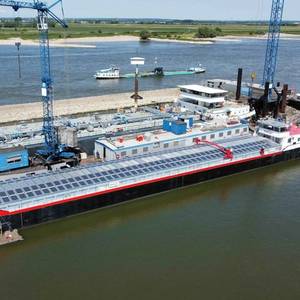
Dutch maritime solar innovator Wattlab has delivered a solar energy system for HGK Shipping’s inland shipping cargo vessel Blue Marlin. The vessel’s 192 solar panels will provide power to both the onboard and propulsion systems, making the Blue Marlin the first inland shipping vessel in the world capable of hybrid sailing with solar power.
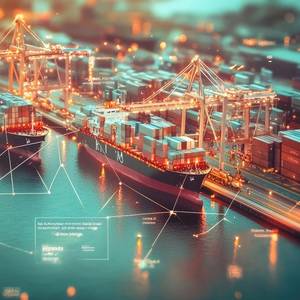
The U.K. will launch a Maritime Innovation Hub in April 2026, aimed at accelerating the development of new technologies across the shipping sector while maintaining safety standards.The initiative, hosted by the Maritime and Coastguard Agency (MCA), will support vessel operators, shipbuilders, start-ups and technology developers in bringing novel ideas into real-world operations.
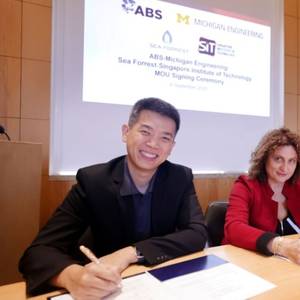
Representatives from American Bureau of Shipping (ABS), University of Michigan, Singapore Institute of Technology (SIT) and Sea Forrest Technologies have signed a memorandum of understanding to explore batteries and electrification in maritime applications.The agreement establishes a cooperative framework for the organizations to collaborate on academic and scientific projects related to battery
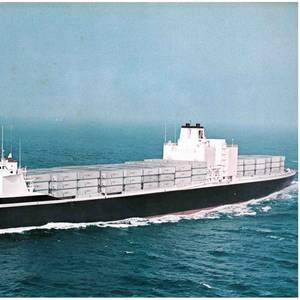
The SL7EXPO project, which aims to preserve one of the groundbreaking SL-7 Sea-Land Container ships as a maritime exposition center in support of the SHIPS for America Act, has received seed funding from the Society of Marine Port Engineers.Originally built by containerization innovator, Malcolm McLean, as 33 knot container ships
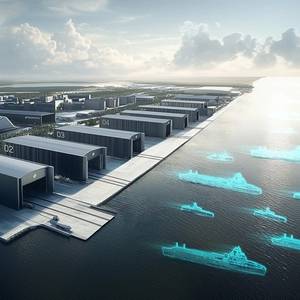
Saronic Technologies and Vigor Marine Group have entered into a strategic partnership focused on rapidly advancing the delivery of autonomous maritime capabilities and strengthening operational support for defense and commercial customers.The partnership brings together two trusted maritime innovators with complementary capabilities, whose combined expertise can help support U.S.
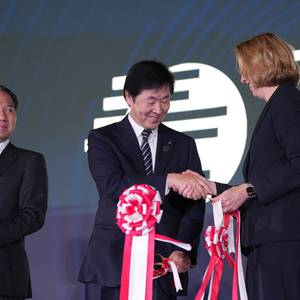
Opening Ceremony sets the tone for a pivotal three-day event focused on global cooperation, diversified supply, and pragmatic climate solutions Global CEO Panel featuring JERA, TotalEnergies, and Woodside underscores LNG’s role in energy security and decarbonisation Delegates from over 50 countries convene at Tokyo Big Sight to chart the course for a secure
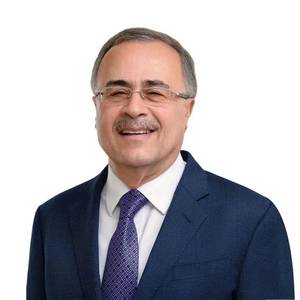
Aramco President & CEO Amin H. Nasser used his address at Energy Asia 2025 to deliver a pointed message: the global energy transition must be rebalanced with pragmatism, especially for fast-growing regions like Asia that are still heavily reliant on conventional energy.In his speech, Nasser said that the transition narrative of recent years — one that promised a swift
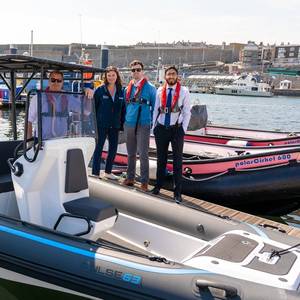
Aqua superPower unveiled its bidirectional charging technology at the University of Plymouth, marking their demonstration debut of Virtual Bunkering for Electric Vessels (VBEV). This pioneering showcase represented an important step towards the wide scale adoption of electric boats, supported by Vessel-to-Grid infrastructure.

From June 18-20, 2025, the Japan Energy Summit & Exhibition will return to Tokyo Big Sight, convening global energy leaders, influential policymakers, and industry executives to advance Japan’s energy transition, investment landscape, and strategic role in the global energy system.
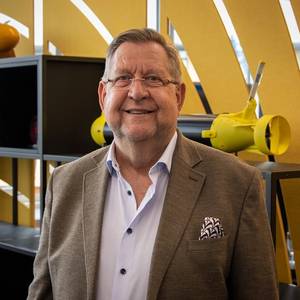
The UK’s National Oceanography Centre (NOC) has unveiled a new Innovation Hub in Southampton, designed to accelerate advances in ocean technology and support sustainable growth across the blue economy. Backed by a £200,000 investment, the facility will serve as a catalyst for innovation in marine autonomous systems (MAS), the blue economy and beyond—bringing together researchers
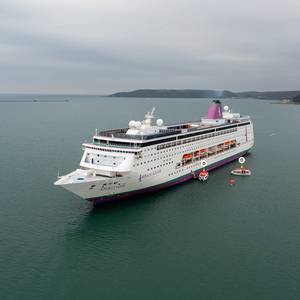
Zelim, an Edinburgh-based maritime safety innovator, has signed an agreement with Ambassador Cruise Lines for the installation of its ZOE man overboard (MOB) detection system on Ambition cruise ship, marking its entry into the global cruise ship sector.Zelim is fitting out the 1,200-passenger capacity cruise ship with a full ZOE installation to deliver instantaneous detection and tracking of